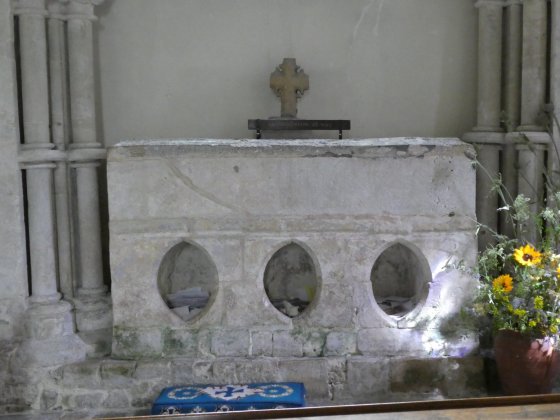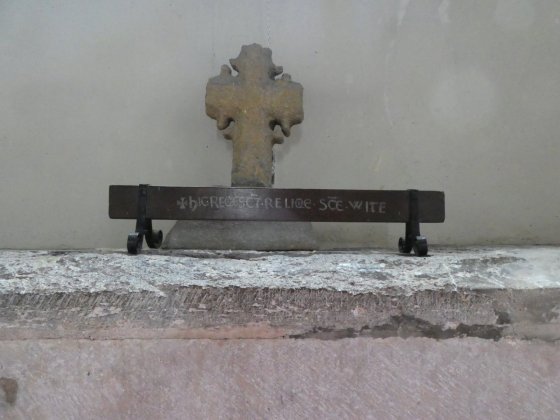|
|
|
|
Shrines of England |
|
|
The church of St Candida and Holy Cross,
Whitchurch Canonicorum, Dorset.
Here is the shrine of St Wite, otherwise known
as St Candida. The shine consists of a 13th century altar, with three
openings to allow access to the remains of St Wite, which were confirmed
to still be in place in a lead casket when the tomb was opened in 1900.
Somehow the shrine was overlooked in the Reformation. |
|
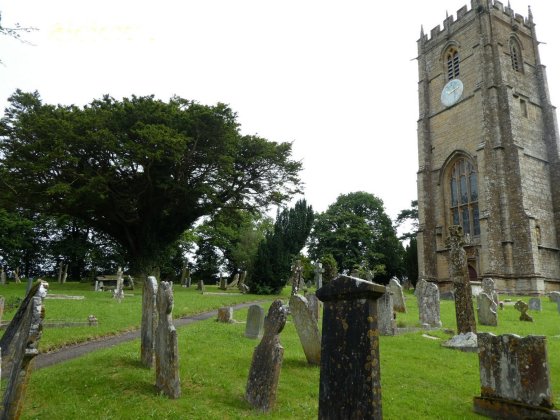 |
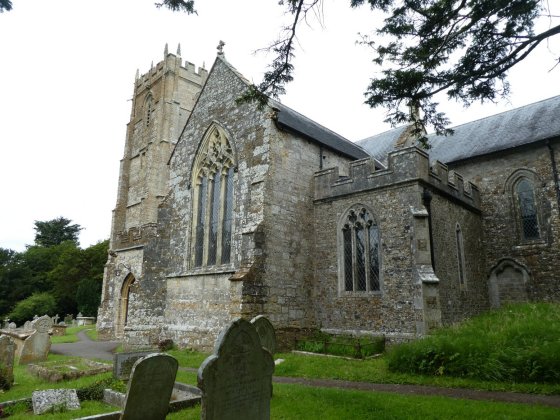 |
 |
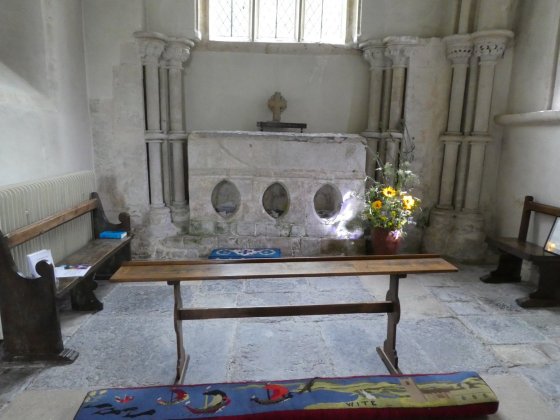 |
|
|
|
|
Folkstone, Kent - St Eanswythe. In 1885, while
the parish church of St Mary and St Eanswythe, close to Folkestone
harbour, was being renovated, a lead container of human remains was
found in an alcove – possibly hidden to avoid the destruction of relics
during the Reformation. |
|
|
|
 |
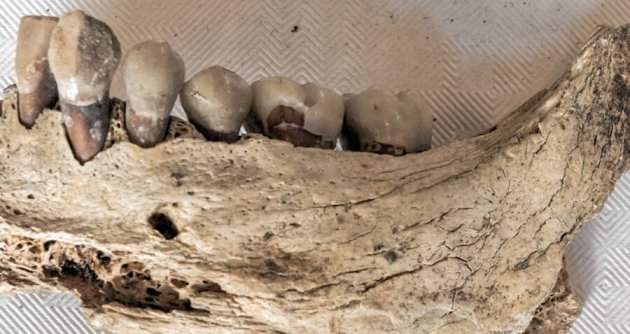 Jawbone of St Eanswythe |
|
